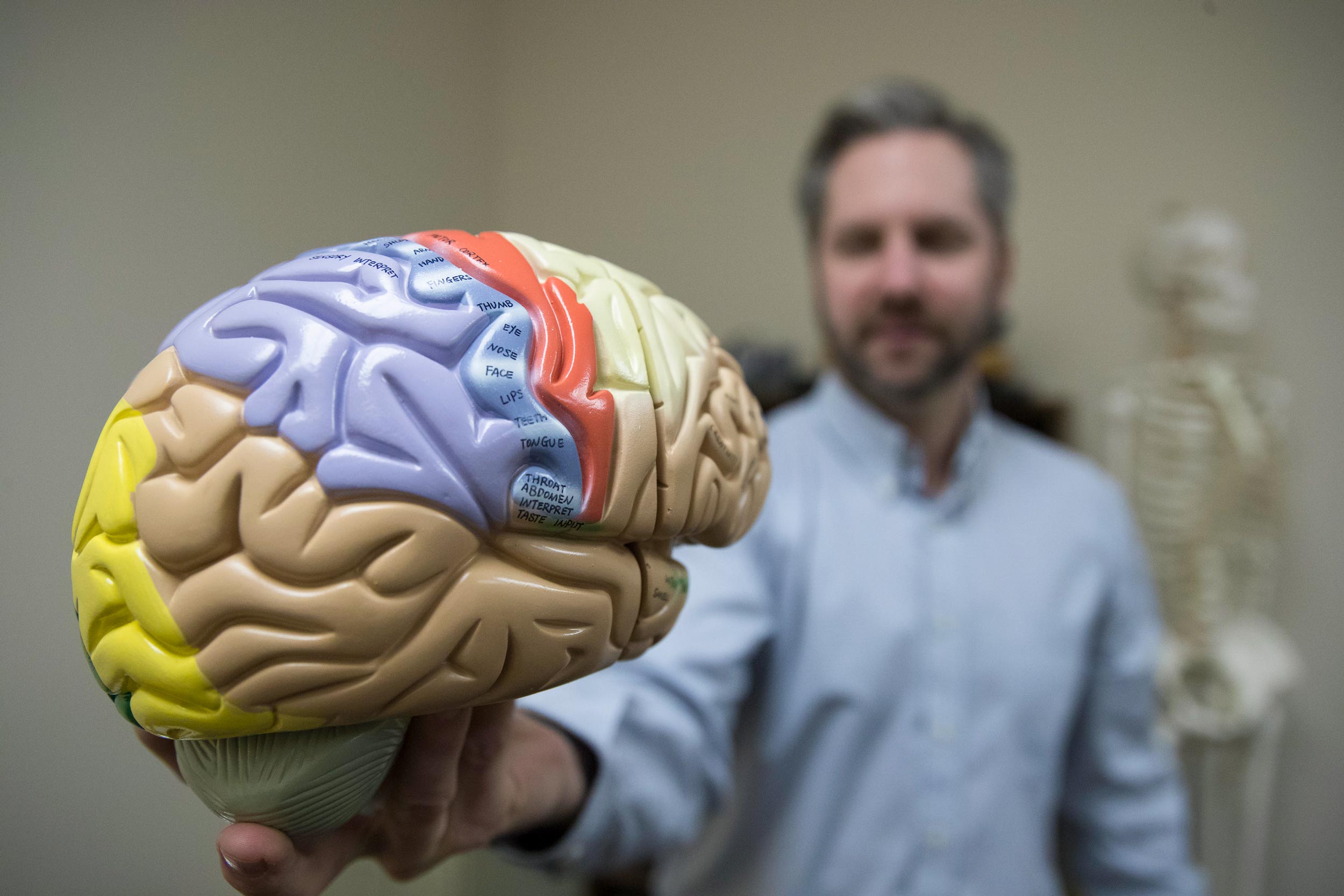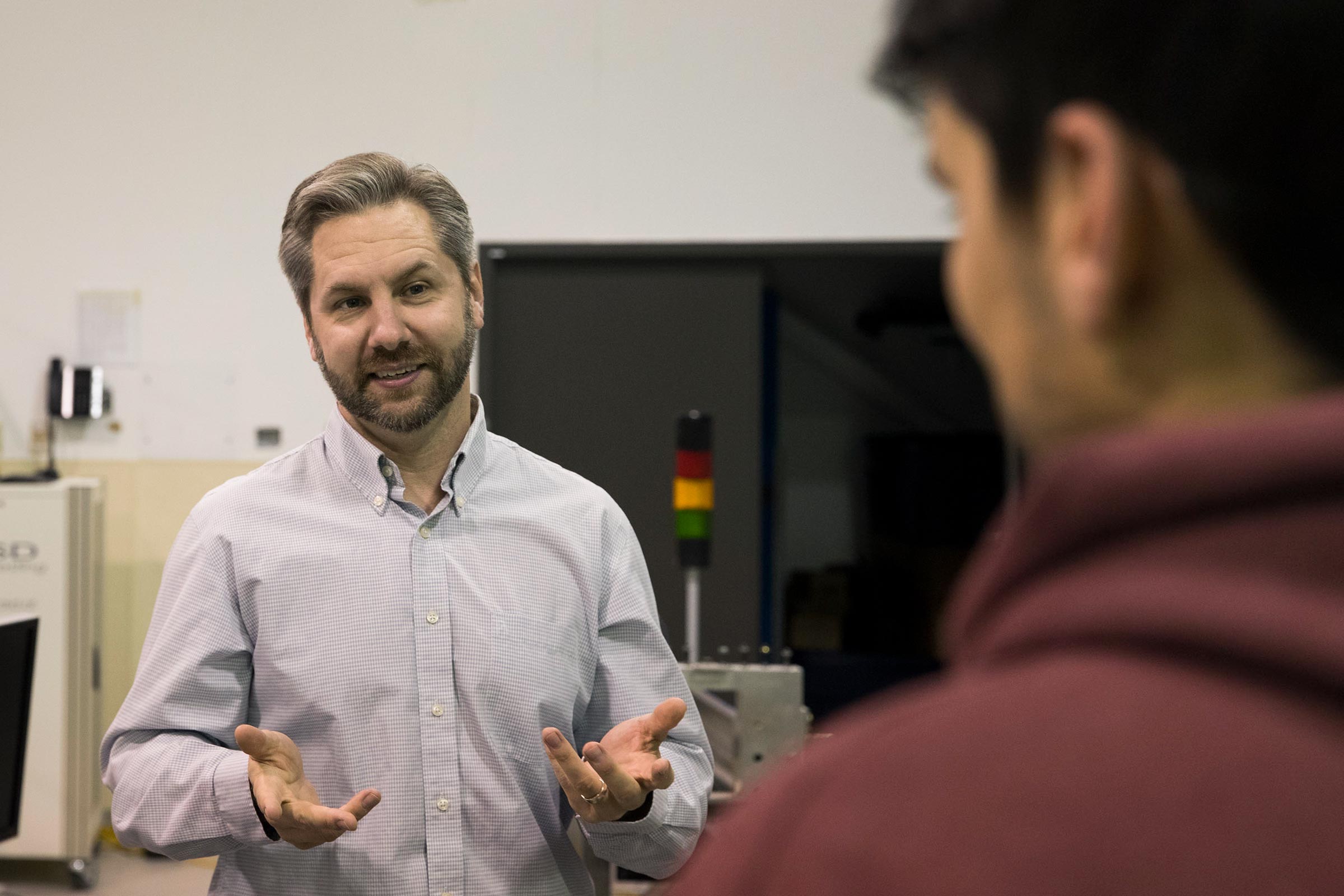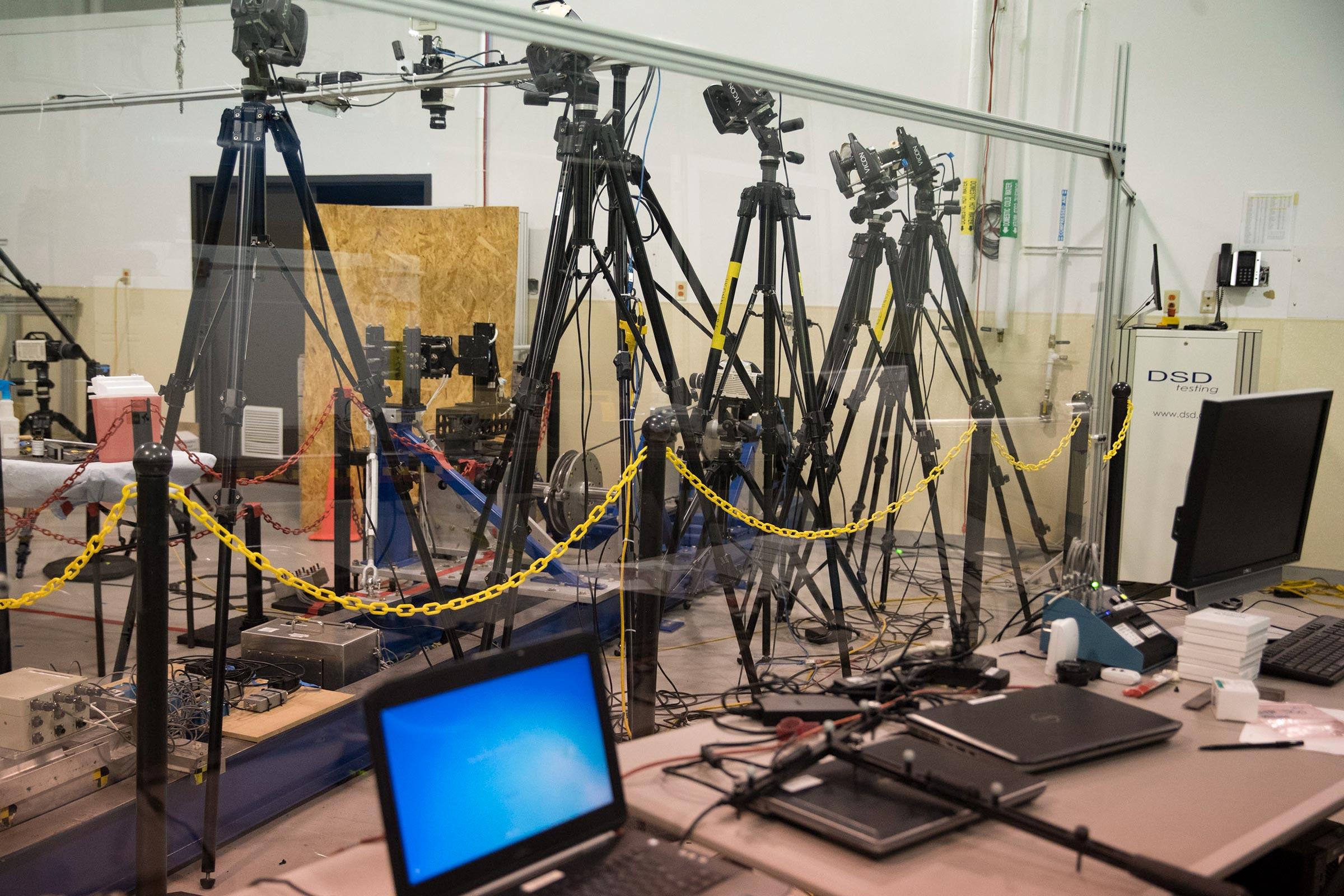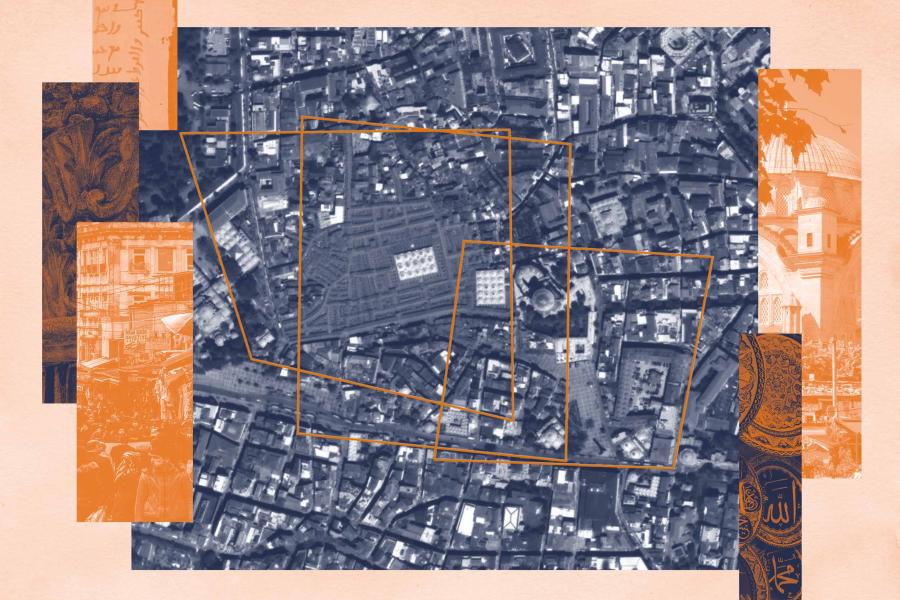Each year about 3 million Americans suffer from traumatic brain injury – concussions and severe brain damage resulting from sporting activities, car crashes, falls, work-related accidents and explosions. These injuries can range from micro-concussions – small jolts to the head (usually involving sports) that can, when accumulated, cause brain dysfunction over time – to sudden, extreme impacts that result in debilitating injury or death.
Though traumatic brain injury is fairly common, doctors and brain researchers cannot know exactly what happens inside the head at the moment the skull is struck, whether suddenly and violently or subtly but repeatedly over the course of years.
But Matthew Panzer, a mechanical and biomedical engineering professor at the University of Virginia and deputy director of its Center for Applied Biomechanics, is developing ways to get inside the head, so to speak, and visualize what happens when the brain is strained, twisted, stretched and sheared as it’s hit from different angles, or when it suddenly undergoes a change in directional motion.
He is considered a world leader in the field of computational modeling of the brain’s response to stresses, and his many published papers are frequently cited by other researchers in the field.
Working with colleagues in UVA’s schools of Engineering and Medicine, Panzer uses the computational models his team has developed – and continue to refine – to mimic real-life events that cause brain injury.










